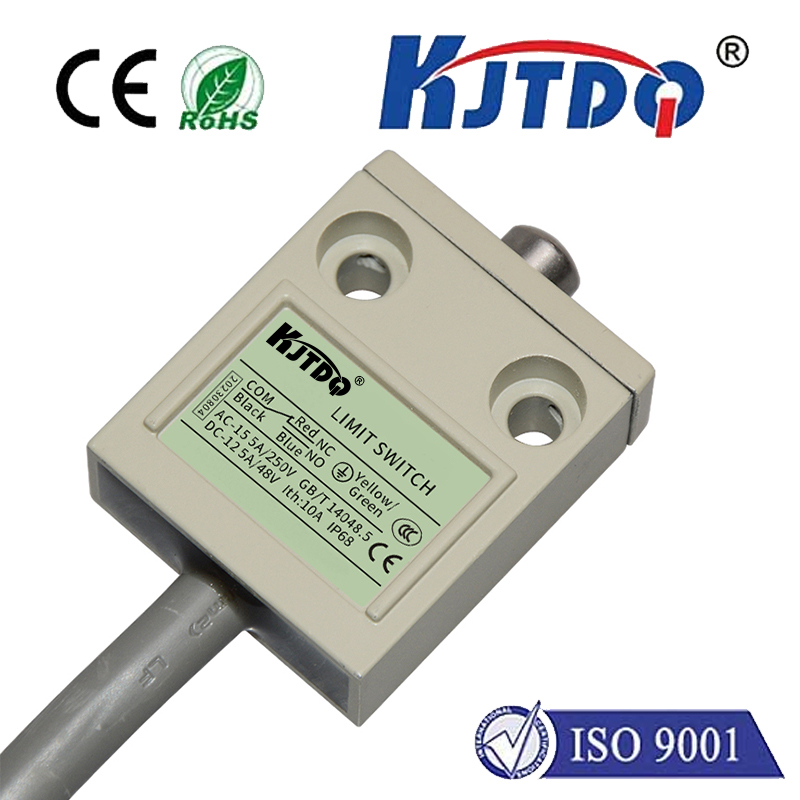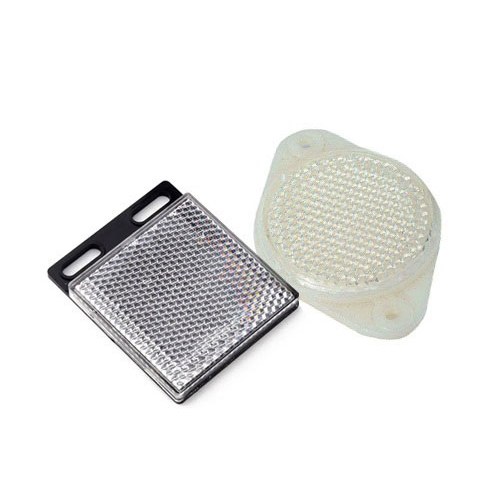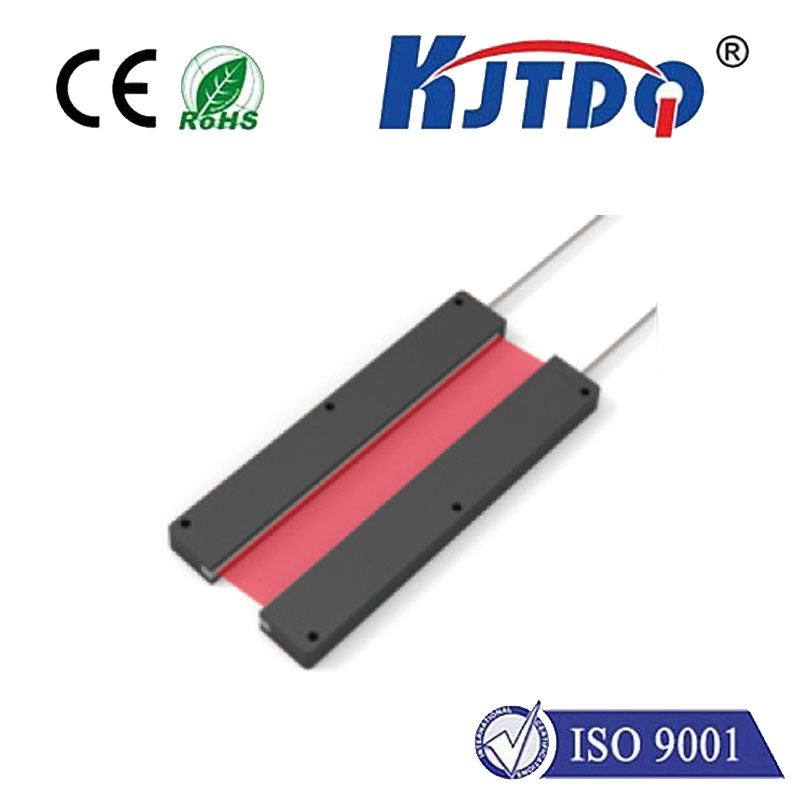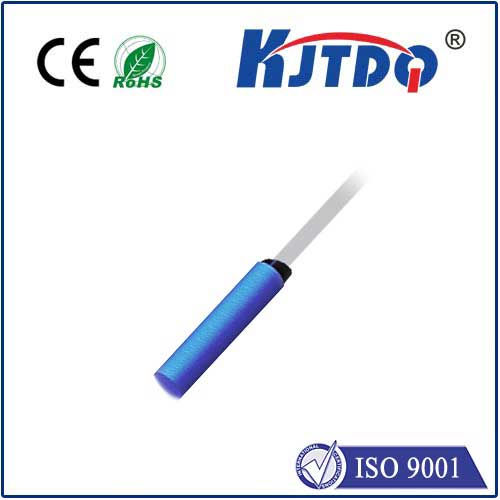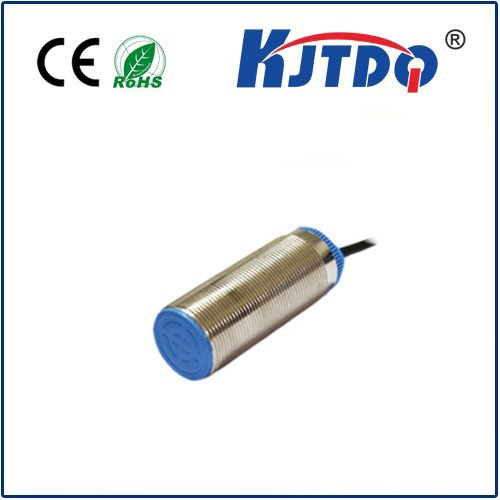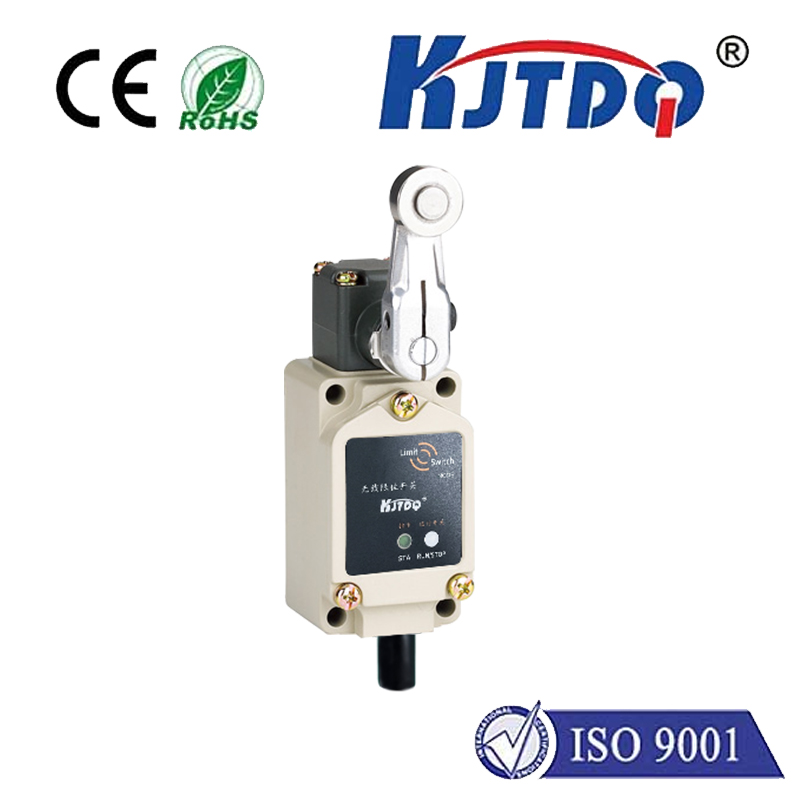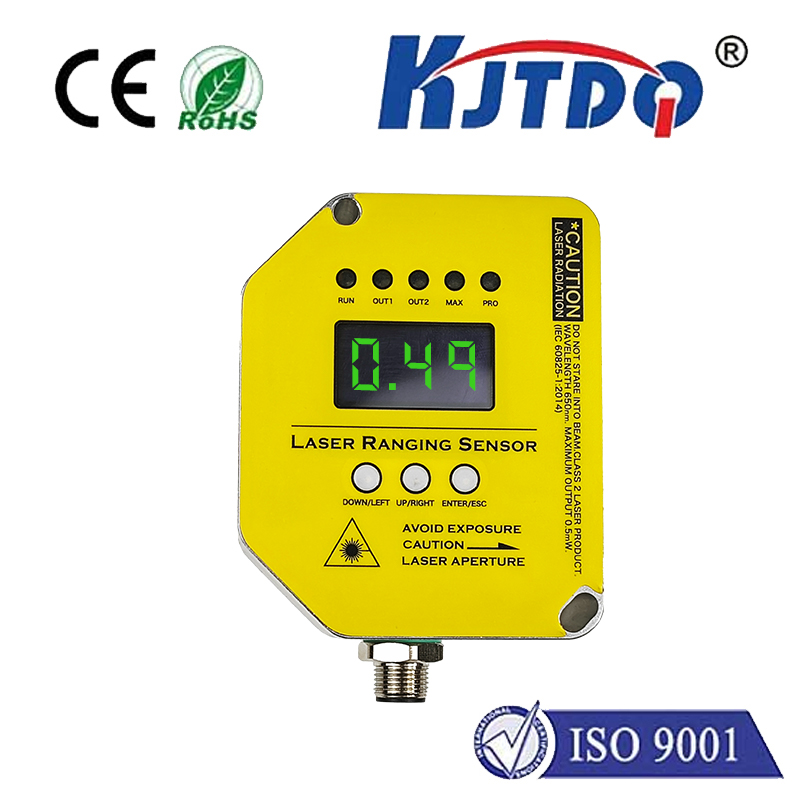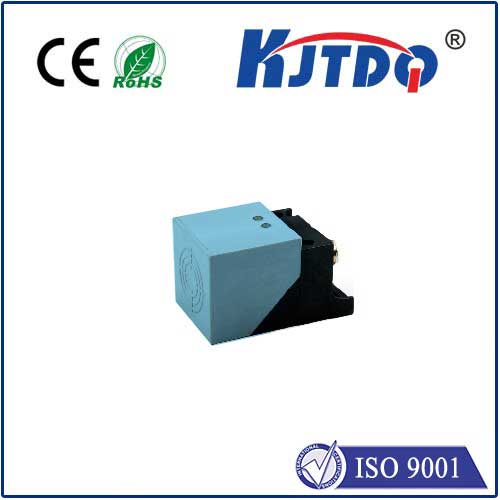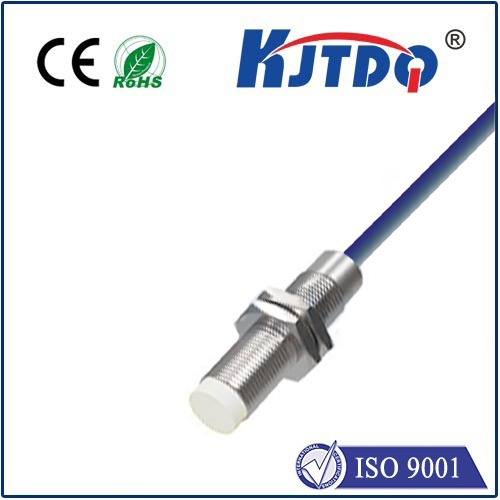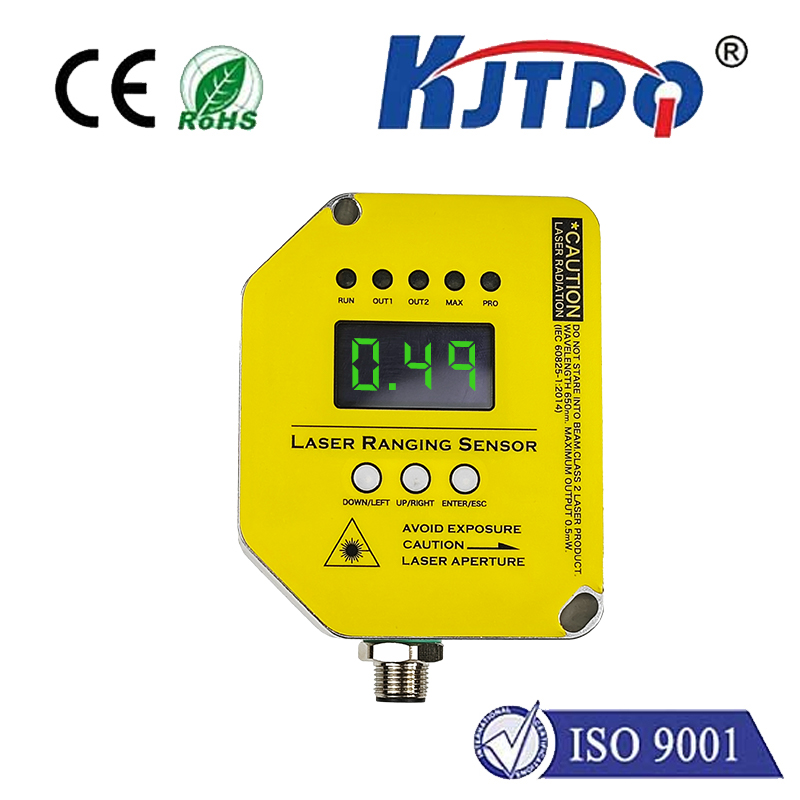BES05NH proximity sensor
- time:2025-10-02 04:26:17
- Click:0
BES05NH Proximity Sensor: Engineered Reliability for Precise Object Detection
Imagine a robotic arm flawlessly assembling delicate components, a packaging line sealing boxes with millimetric accuracy, or autonomous machinery navigating safely around obstacles. At the heart of such precision often lies an unsung hero: the inductive proximity sensor. Among these dependable workhorses, sensors like the BES05NH stand out for their consistent performance and robust design, becoming a cornerstone in countless industrial automation tasks demanding reliable, non-contact detection.
Fundamentals of Inductive Proximity Sensing
Proximity sensors, as their name implies, detect the presence or absence of an object without physical contact. Inductive sensors, like the BES05NH, specifically excel at detecting metallic targets. They operate on a simple electromagnetic principle: an internal coil generates a high-frequency oscillating electromagnetic field. When a metallic object enters this field, it induces small eddy currents within the metal. These currents absorb energy from the sensor’s coil, dampening the oscillation. The sensor’s sophisticated electronics detect this damping effect, triggering a clean, digital output signal – indicating the object’s presence. This technology makes them ideal for dirty, wet, or high-vibration environments where mechanical switches or optical sensors might fail.
Dissecting the BES05NH: Key Specifications and Robust Build

So, what defines the BES05NH? As a specific sensor model (albeit representative of a common specification profile), its typical characteristics form its identity:
- Sensing Range: Engineered for fixed distances, commonly offering a 0-5mm nominal sensing range (Sn). This provides reliable detection for objects positioned consistently close to the sensor face. Understanding the specified nominal and effective ranges is crucial for correct application.
- Current Output: Designed for direct integration into industrial control systems, the BES05NH often employs a DC 3-wire configuration, typically providing either an NPN (sinking) or PNP (sourcing) transistor output. This allows it to interface directly with PLCs (Programmable Logic Controllers) or other DC control circuits. Common output currents are sufficient for driving relays or PLC inputs.
- Operating Voltage: Compatible with standard industrial DC supply voltages, frequently in the 10-30V DC range, offering flexibility for various installations.
- Switching Frequency: A respectable switching frequency (often in the range of 0.5 kHz to 1.5 kHz) allows the sensor to detect objects reliably even on moderately fast-moving production lines.
- Environmental Protection: Built for harshness, it typically boasts an IP67 rating (IEC 60529). This signifies excellent protection against dust ingress (total) and the effects of temporary immersion in water (up to 1m for 30 mins) – vital for machinery washdowns or outdoor use.
- Housing: Frequently housed in a compact, robust threaded barrel (e.g., M18 x 1), making it easy to install securely in standard mounting holes prevalent in industrial equipment frames and enclosures. The housing material, often nickel-plated brass or stainless steel, contributes to durability and chemical resistance.
- Connection: Commonly features a flexible cable outlet or integral connector (like M12) for straightforward wiring, reducing installation time and points of failure.
Where the BES05NH Excels: Core Applications
The combination of its specifications makes the BES05NH proximity sensor highly versatile:
- Machine Automation: Ubiquitous on CNC machines, assembly lines, robotic workcells, and packaging machinery for tasks like end-of-stroke detection, part presence/absence verification (is the part in the fixture?), position feedback on actuators, and counting metallic objects.
- Material Handling: Monitoring conveyor belt operations (detecting jams, pallet presence), verifying the position of lifters and stackers, and ensuring safety in automated guided vehicles (AGVs) through collision avoidance.
- Automotive Manufacturing: Used extensively for precision part location, weld gun positioning, fixture clamping confirmation, and verifying component presence throughout engine and chassis assembly lines. The IP67 rating withstands typical factory grime and fluids.
- Food & Beverage and Pharmaceutical: While specific food-grade certifications depend on the exact variant, the robust IP67 rating and non-contact nature are advantageous for washdown environments common in these sectors, detecting metallic components on stainless-steel lines.
- General Industrial Controls: Any application requiring reliable, contactless detection of metal objects in demanding conditions, from hydraulic cylinder position feedback to security systems detecting door closure.
The Enduring Value: Reliability and Reduced Downtime
The true power of the BES05NH, and sensors like it, lies in the tangible benefits they deliver:
- Non-Contact Operation: Eliminates wear and tear associated with mechanical limit switches, dramatically extending operational life and reducing maintenance costs. There’s no physical impact or friction.
- High Reliability & Repeatability: Engineered for industrial duty cycles, these sensors provide consistent, accurate detection over long periods. Even minute changes in target distance are detected reliably within their specified range.
- Durability in Harsh Environments: The IP67 protection and robust housing shield internal electronics from dust, dirt, oil, coolants, and water splashes, ensuring dependable performance where other sensors might falter.
- Fast Response Time: The inherent speed of inductive sensing combined with its switching frequency enables detection on high-speed automation lines, contributing to optimized cycle times.
- Simple Integration & Maintenance: Standardized mounting (M18 thread), familiar output types (NPN/PNP), and common supply voltages make installation and replacement straightforward, minimizing downtime during service.
Choosing the Right Sensor: Beyond the Part Number
While the BES05NH represents a specific specification set, it’s crucial to emphasize that proper sensor selection always depends on the exact application needs. Factors like the required sensing distance (Sn), target material and size, voltage supply, output type (NPN vs PNP), switching frequency, ingress protection rating (IPxx), and housing style must all be carefully matched to the task. Consulting manufacturer datasheets and application engineers ensures optimal performance and longevity. Nevertheless, specifications like those embodied by the BES05NH offer a proven blueprint for reliable metallic object detection in demanding automated systems. Its blend of robust construction, dependable inductive sensing technology, and appropriate protection levels makes it a trusted component, quietly ensuring precision and efficiency across the modern industrial landscape.






